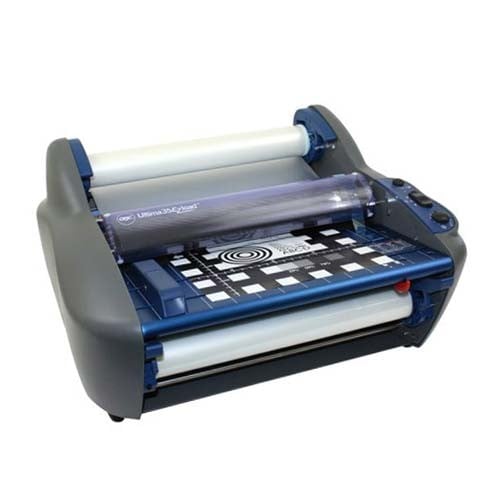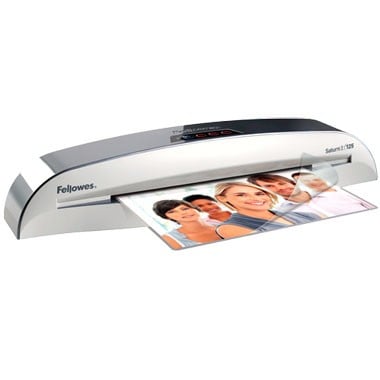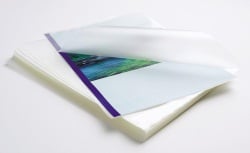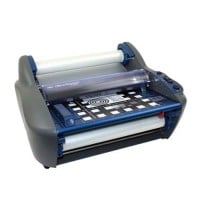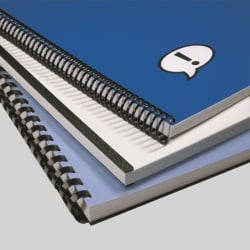MyBinding Knowledge Base
- Binding (248 Article)
- General Binding (42)
- Plastic Comb Binding (57)
- Fastback Binding (59)
- Perfect Binding (2)
- Modular Punching (8)
- Zipbind (3)
- Twin Loop Wire (13)
- Coil Binding (22)
- Thermal Binding (14)
- Strip Binding (1)
- VeloBind (4)
- Binding Covers (14)
- Proclick Binding (10)
- SureBind (4)
- Screw Post (2)
- Hole Punches (2)
- Staplers (4)
- Komtrak Insprial Binding (2)
- Paper (1)
- Rhin-O-Tuff (5)
- Binding Machines Comparison (17)
- Laminating (109 Article)
- General Laminating (26)
- Roll Lamination (16)
- Pouch Lamination (36)
- Pouch Board Laminator (3)
- School Laminator (3)
- Foil Laminating (3)
- Royal Sovereign Laminators (10)
- Laminators Comparison (3)
- Boards (11 Article)
- Bulletin Boards (3)
- Whiteboards (5)
- Chalkboards (1)
- Paper Shredders (44 Article)
- General Shredding (35)
- Industrial Shredders (1)
- Cross-Cut Shredders (2)
- Cardboard Shredders (1)
- Multimedia Shredders (1)
- Personal Shredders (1)
- High Security Shredders (2)
- Ring Binders (9 Article)
- Specialty Binders (2)
- Reinforced Paper (1)
- Health Care Punched Paper (1)
- Perforated Paper (2)
- View Binders (1)
- Index Tabs (9 Article)
- Index Tab Dividers (2)
- Copier Tabs (4)
- Pocket Folders (1)
- Custom Index Tabs (1)
- Pre-Printed Index Tabs (1)
- Paper Handling (37 Article)
- Paper Folders (9)
- Paper Joggers (2)
- Guillotine Cutters (4)
- Rotary Trimmer (3)
- Electronic Paper Cutters (1)
- Corner Rounders (2)
- Paper Scoring (2)
- Paper Drill (2)
- Booklet Makers (3)
- Stack Cutters (1)
- Paper Handling Equipment Comparison (5)
- ID Accessories (12 Article)
- Badge Holder (1)
- Lanyards (8)
- Badge Reels (1)
receive
$5off
*On order $25 or more.
How to bind books with Velobind Hard cases?
Hardcases have an elegant texture and design, to provide the impressive appearance of a casebound book. One option for achieving this elegant and impressive look is by using your GBC Velobind binding machine along with Velobind hardcases. Velobind hardcases are available in five standard thicknesses from 1/4″ up to 1-3/8″. If you look at a Velobind Hardcase, you will notice the following features:
1. The inside cover is marked with a letter (A, B, C, D or E). This letter designates the size (thickness) of document that particular hardcase will accommodate. The benefit to the customer is that they will always know what thickness hardcase they have, even if it is not in the original carton.
2. Two end sheets (fly sheets are used with each hardcase (they are packed separate in the carton containing the hardcases). These end sheets are adhesive backed, and are to be bound with the document being inserted into the hardcase. These sheets will adhere to the inside of the front and back hardcover.
Hold an end sheet so that the folded tear-off sheet faces you. Notice that there is a portion of the sheet which is exposed just opposite the fold. This “lip” is the area that will be punched in the binding process.
3. The backbone of the hardcase is made with “softfoam” adhesive spine. Lift the paper backing up slightly on the backbone (do not remove it at this time) to see the adhesive. The adhesive foam helps hold the document to the hardcase during the binding process.
Once you have the document that you need to bind in hand you need to choose the size of hardcase that is appropriate for that document. In order to determine what letter size of case you need for your document you can refer to the chart on the Backstop of the Velobind or Surebind system three pro. Take your hardcase and open it up to check what letter is stamped on it.
Place on end sheet on top of the document and one on the bottom (where you would normally place the binding covers). The folded tear off sheet should face the hardcase, itself. Also, the lip should be on the edge to be bound.
Punch the document, including the end sheets. Bind the document like any other Velobind Or SureBind bound book (the end sheets will act as covers) using a standard Velobind HotKnife Strip. Now your document is ready to be bound into the hardcase.
Take the hardcase, open it and lay it on the table (inside up). Take the document to be bound and lay it on the table. Remove the protective strip from the backbone to expose the adhesive. Take your bound document, and center the document on the back cover of the hardcase, pressing the strip portion into the backbone adhesive. If the book is not centered, carefully pick it up, and realign till centered. Fold the front cover over the top of the document, making sure that the hard case front cover and back cover are in alignment. If not, repeat process till centered. You can move the document as many times as necessary until you have pulled the fly sheets – then it is permanently bound.
If you are right handed, use your left hand to place it firmly on the top of the document where the strip is (you will want to keep it from moving within the hardcase). Then, take your right hand and reach under the inside of the front cover until you can grip the foldback sheet of the end paper. Gently pull up on it, letting the hard cover fall on the adhesive-coated end paper. Repeat this process for the back cover. One the tear-off sheet is completely out of the book, press down completely over the entire front and back cover make sure all the adhesive is adhered to the case.
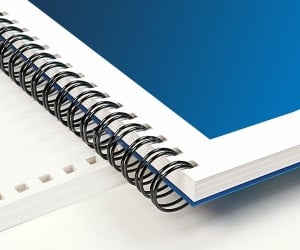
< Over the years, a number of customers have asked me whether they can use twin loop wire with their plastic comb binding machine. These customers often don’t want to have to buy a brand new machine but like the look and feel of twin loop wire binding. However, the answer to their question isn’t as simple as it seems. You see, they actually do make twin loop wire that is designed to work with the plastic comb binding hole pattern. With that said, if you want to use these wires you are going to need a way to close the wires. What is Spiral-O Wire? Let me explain a little bit more…There is a product that we carry called Spiral-O Wire. This wire has 19 loops and is designed to work with the hole pattern from a plastic comb binding machine. Spiral-O Wire is sometimes called Wire Combs or Ibico Wire and was originally designed for use with some of the older Ibico binding machines. A number of the older Ibico plastic comb binding machines also included a twin loop wire closer on the front of them to allow users to use both plastic combs and wire. This 19 loop wire was designed for this purpose. What Equipment is Needed? As the Ibico brand has been phased out by GBC and all of the older Ibico plastic binding machines have been replaced with new models, they no longer have the twin loop wire closer on the front of them. This presents a problem in trying to use these spiral-o wires since you can’t use the wires without a way to close them. One of the only options left is to purchase a Twin Loop wire closer. However, since twin loop wire closers are not incredibly cheap this option usually only appeals to users who have larger electric plastic comb binding machines. Otherwise, it is often advisable to simply buy a low end 3:1 pitch twin loop wire binding machine (the supplies are cheaper). This being said, if you have one of the older Ibico binding machines that has a wire closer included you are in luck. The Spiral-O binding supplies that we carry will work perfectly with your machine and you will be able to use both plastic combs and wire depending on your needs. These Spiral-O binding supplies are available in Black, Silver, White, Blue and Red and in sizes up to 1″ in diameter. If you aren’t sure what type of wire binding supplies that you need to work with your machine simply give us a call. Our trained sales representatives will be glad to help you find the correct supplies for use with your machine.(Read More)
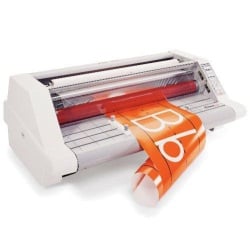

Loading...


